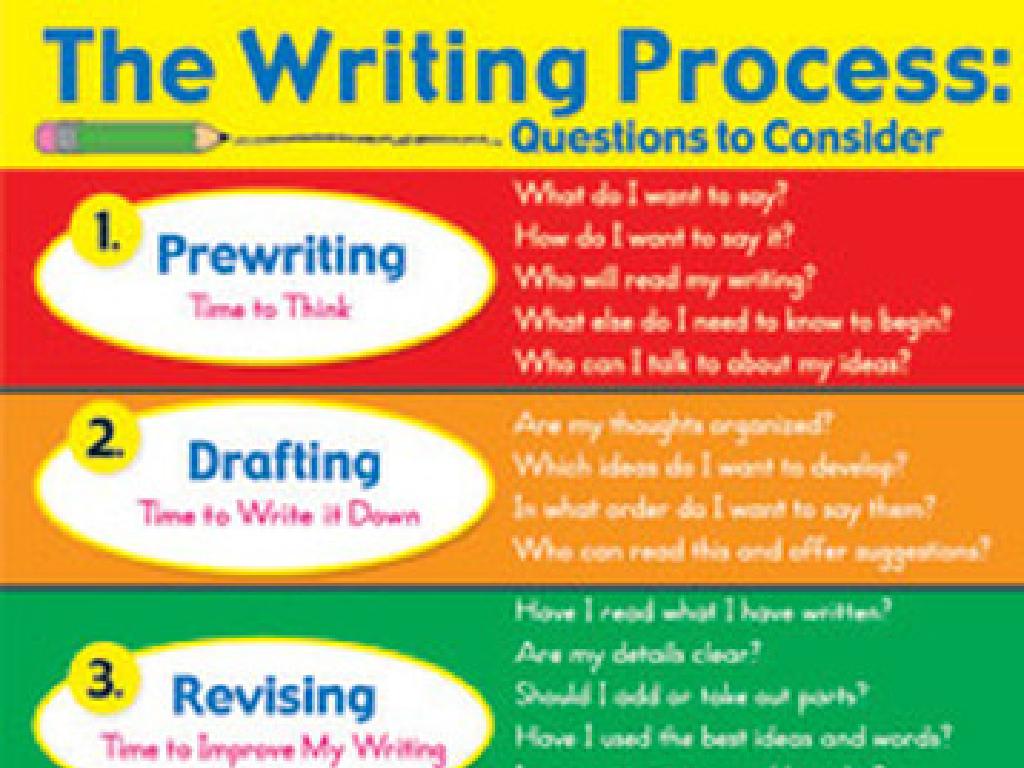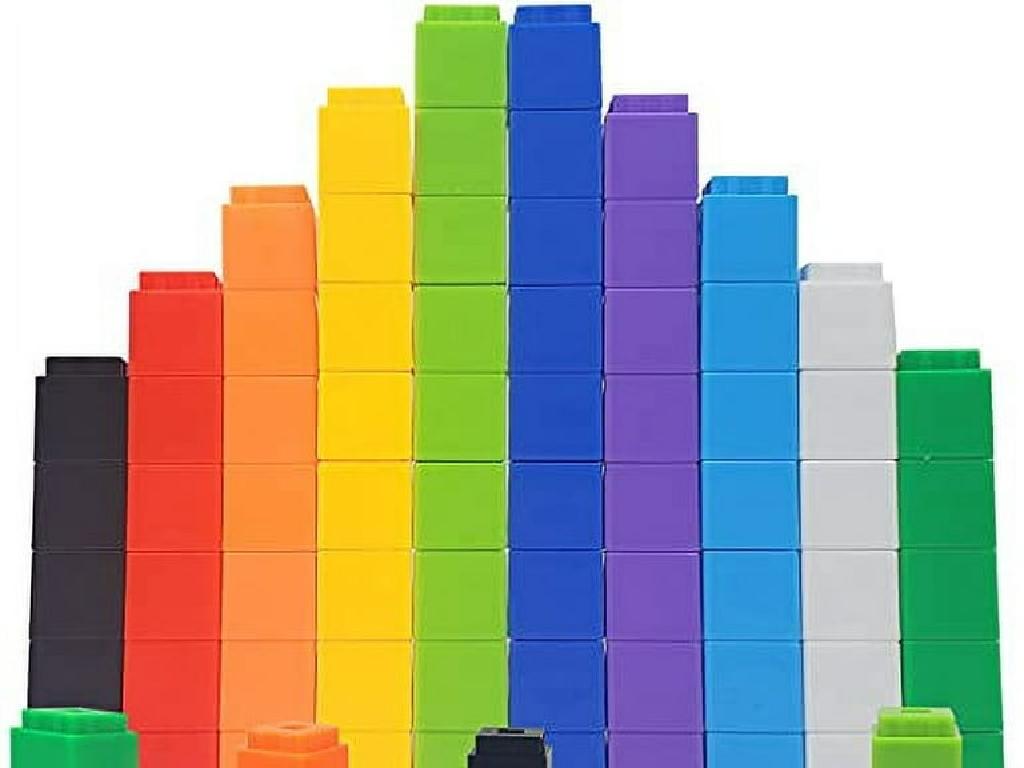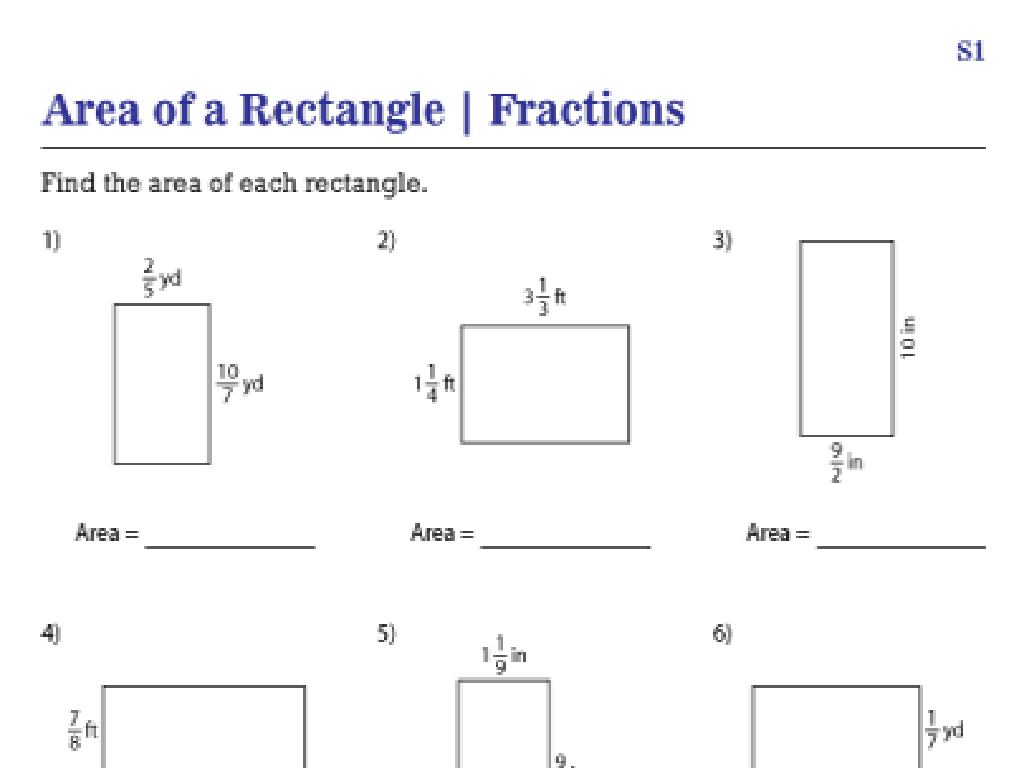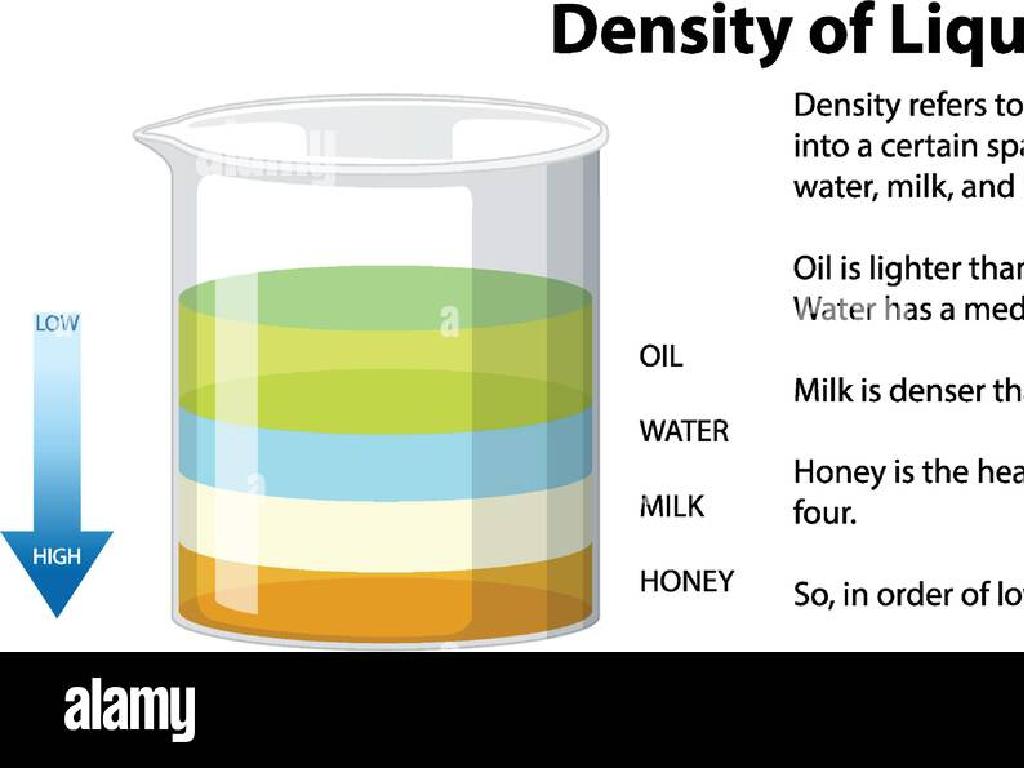Make Predictions Using Experimental Probability
Subject: Math
Grade: Seventh grade
Topic: Probability
Please LOG IN to download the presentation. Access is available to registered users only.
View More Content
Welcome to Probability!
– Understanding probability
– Probability measures the chance of an event occurring.
– Why probability matters
– Helps in making informed decisions based on likelihood.
– Real-life probability examples
– Weather forecasts, sports, and games of chance.
– Making predictions with probability
– Use experimental results to predict future outcomes.
|
This slide introduces the concept of probability, emphasizing its role in everyday decision-making and its relevance in various real-life situations. Begin by explaining that probability is a way to measure how likely something is to happen, using the language of mathematics. Highlight the importance of probability in making predictions and informed choices, whether it’s in predicting weather, assessing risks, or playing games. Provide relatable examples that students can connect with, such as the chance of rain affecting outdoor activities or the likelihood of winning a game. Encourage students to think about how probability can help us predict future events based on past experimental results, setting the stage for understanding experimental probability.
Understanding Probability
– Define probability
– Probability is the chance of an event occurring.
– Probability measures likelihood
– Likelihood ranges from impossible to certain.
– Explore the probability scale
– The scale starts at 0 (impossible) and ends at 1 (certain).
– Probability values between 0 and 1
– 0 means an event will not occur, 1 means it will definitely occur.
|
This slide introduces the concept of probability to the students, explaining it as a measure of how likely an event is to occur. It’s important to emphasize that probability is a scale with values between 0 and 1, where 0 indicates impossibility and 1 indicates certainty. Use relatable examples to illustrate these concepts, such as the probability of getting a heads when flipping a coin (0.5) or the probability of drawing a red card from a standard deck (0.5). Encourage students to think of other events and try to place them on the probability scale to enhance their understanding.
Types of Probability: Theoretical & Experimental
– Theoretical vs. Experimental Probability
– Theoretical: based on reasoning, Experimental: based on actual experiments
– Theoretical Probability Examples
– Flipping a coin: 50% chance of heads or tails
– Experimental Probability Examples
– Rolling a die 20 times to predict the chances of landing on a six
– Comparing Both Types
– Understand when to use each type and why
|
This slide introduces students to the two main types of probability. Theoretical probability is what we expect to happen, assuming that all outcomes are equally likely, such as predicting the flip of a fair coin. Experimental probability, on the other hand, involves conducting experiments or simulations and using the results to make predictions. For example, if we roll a die 20 times and it lands on six 3 times, we can predict the experimental probability of rolling a six is 3/20. It’s crucial for students to understand the difference between these types and when to apply them. Encourage students to think of their own examples and to consider why experimental probability may differ from theoretical probability due to sample size or unexpected factors in an experiment.
Understanding Experimental Probability
– Define experimental probability
– The likelihood of an event based on actual experiments or historical data.
– Learn the probability formula
– Ratio of successful outcomes to total attempts: favorable outcomes / total trials.
– Role of experiments in probability
– Experiments provide empirical data to estimate the probability of events.
– Importance of a large sample size
– Larger samples give more reliable estimates of probability.
|
This slide introduces students to the concept of experimental probability, which is the ratio of the number of times an event occurs to the total number of trials or times that the activity is performed. Emphasize the importance of actual experiments or historical data in determining the probability of an event. The formula for experimental probability is the number of favorable outcomes divided by the total number of trials. Discuss how conducting experiments can provide empirical evidence to estimate the likelihood of an event. Highlight the significance of having a large number of trials to ensure that the experimental probability is a reliable estimate of the true probability. Encourage students to think about how experimental probability applies to real-life situations, such as predicting weather or outcomes in sports.
Making Predictions with Experimental Probability
– Using experimental probability
– Observe outcomes, then predict the likelihood of future events.
– Significance of large samples
– More data improves prediction reliability.
– Predicting future events
– Limitations and accuracy
– Experimental results may vary; larger samples are more predictive.
|
This slide introduces students to the concept of using experimental probability to make predictions about future events. Experimental probability is based on the outcomes of an actual experiment, as opposed to theoretical probability, which is based on what should happen in an ideal situation. Emphasize the importance of having a large sample size when making predictions, as it tends to give a more accurate probability that is closer to what would happen in the real world. Discuss how predictions are not guarantees but educated guesses based on data. Encourage students to consider the limitations of predictions made with experimental probability, including potential biases in the sample or unaccounted variables.
Let’s Experiment with Probability!
– Conduct a probability experiment
– Use dice, coins, or cards to create a simple experiment
– Record all outcomes accurately
– Tally each result in a table or chart for clarity
– Calculate the experimental probability
– Use the formula: Experimental Probability = (Number of times event occurs) / (Total number of trials)
– Discuss the results and predictions
– Compare the experimental results with theoretical probability
|
This slide is designed to guide students through the process of conducting a probability experiment as a class activity. Students will use tangible items like dice, coins, or cards to generate random events. They will record the outcomes of each trial, ensuring they understand the importance of accurate data collection. After the experiment, they will calculate the experimental probability using the provided formula and discuss how their results relate to predictions made using theoretical probability. Encourage students to consider why there might be differences between experimental and theoretical probabilities and what could influence these differences. Provide detailed guidelines for the teacher to facilitate different experiments if students are working in groups.
Analyzing Our Results: Experimental Probability
– Compare predictions and actual results
– How do our initial predictions stack up against the experimental outcomes?
– Grasp variability in experiments
– Variability is expected; not all results will align perfectly with predictions.
– Learn the Law of Large Numbers
– The Law of Large Numbers states that as more trials are conducted, the experimental probability will get closer to the theoretical probability.
– Understand predictions vs. reality
– Recognizing that predictions may not always match the experimental results and why.
|
This slide aims to teach students how to analyze the outcomes of probability experiments by comparing their predictions to the actual results. Emphasize the concept of variability, which is the natural differences that occur in experimental data. Introduce the Law of Large Numbers, which explains that as the number of trials in an experiment increases, the experimental probability tends to approach the theoretical probability. This is a fundamental concept in understanding that while predictions provide a guideline, they may not always reflect the actual outcomes due to chance and variability. Encourage students to think critically about why their predictions might differ from their results and what factors could influence this.
Group Activity: Predictions with Probability
– Conduct a spinner experiment
– Make and record predictions
– Calculate experimental probability
– Compare the predicted vs. actual outcomes
– Discuss the results
– How did the predictions match the actual results?
|
This group activity is designed to help students understand experimental probability through hands-on experience. Divide the class into small groups and provide each with a spinner divided into equal sections, each labeled with a different outcome. Have students predict the results of spinning the spinner a set number of times and record these predictions. After conducting the experiment, students will calculate the experimental probability for each outcome by dividing the number of times an outcome occurs by the total number of spins. Encourage a class discussion on how their predictions compared with the actual results and what this reveals about probability in real-life scenarios. Possible variations of the activity could include spinners with unequal sections, using dice, or drawing from a deck of cards to explore different probability outcomes.
Class Discussion: Understanding Predictions
– Share group findings
– Each group presents their experimental probability results.
– Discuss prediction variations
– Why might our predictions differ from others?
– Explore reasons for differences
– Factors like sample size and randomness affect outcomes.
– Reflect on probability accuracy
– How close were our predictions to the actual results?
|
This slide is meant to facilitate a class discussion on experimental probability. Students will share the findings from their group activities, where they’ve likely conducted experiments to predict outcomes. Encourage them to explore how and why predictions may vary between groups. Discuss the impact of sample size, randomness, and potential biases on the accuracy of predictions. This will help students understand that while experimental probability provides an estimate based on data, it is not always perfectly accurate. Have students reflect on the reliability of their predictions compared to actual outcomes and what they could do to improve the accuracy of future predictions.
Homework: Experimental Probability Practice
– Complete practice problems on experimental probability
– Understand outcomes and likelihood
– Consider the number of possible outcomes and events that occur
– Compare experimental results with predictions
– Reflect on how often an outcome occurs versus how often you expected it to occur
– Preview theoretical probability for next class
– Theoretical probability is based on what should happen mathematically
|
This homework assignment is designed to reinforce the concepts of experimental probability learned in class. Students should complete the set practice problems, focusing on understanding how experimental probability is determined by the ratio of the number of favorable outcomes to the total number of trials. Encourage them to think critically about the relationship between their experimental results and their initial predictions. Additionally, students should begin to look ahead to theoretical probability, which differs from experimental as it is based on the mathematical likelihood of an event rather than empirical results. For the next class, they should be prepared to discuss how theoretical and experimental probabilities can sometimes differ and why.






